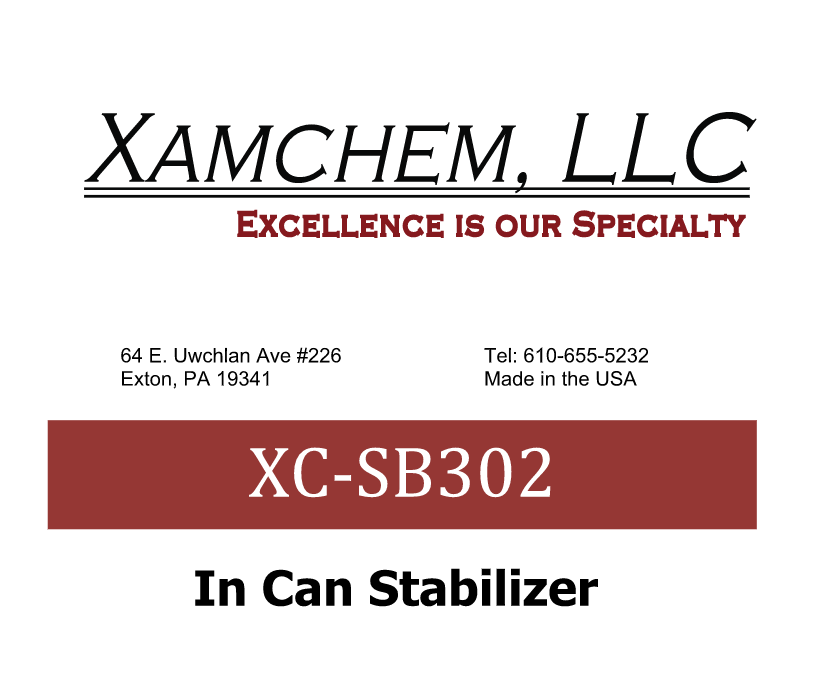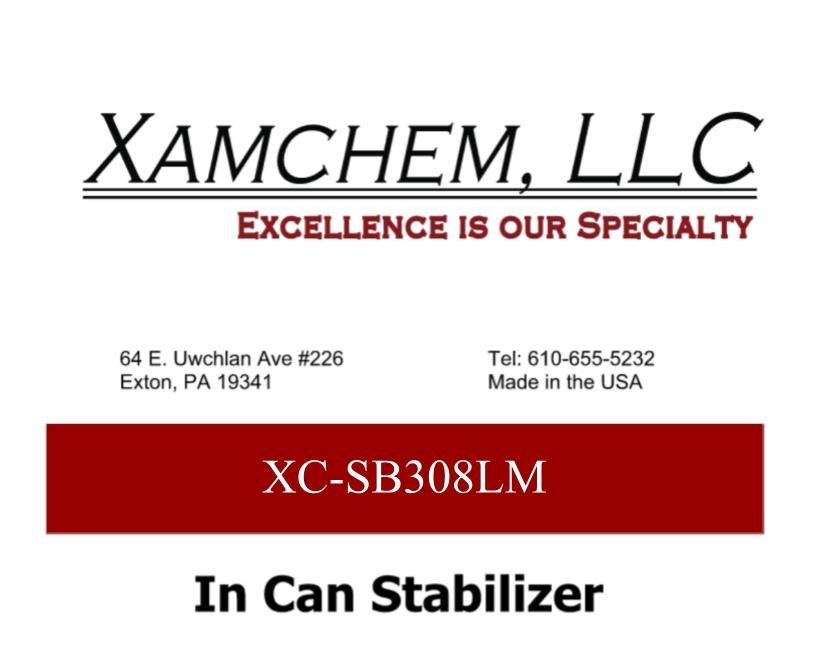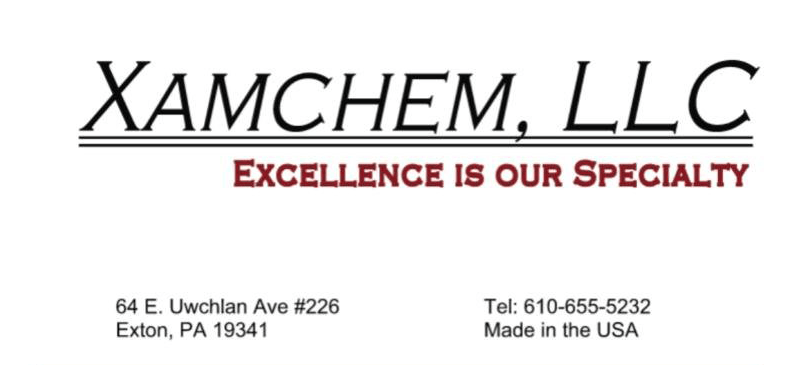UV/EB CURABLE SOLUTIONS
P R O D U C T S
UV/EB Curable Solutions
Stabilizers
XC-SB302
XC-SB302 is a free radical polymerization inhibitor designed to impart in can stability to free radical radiation curable coatings, inks and adhesives. It is typically effective with good solubility in acrylates and methacrylates in concentrations from 0.2-0.5% and it will not negatively impact the curing of the radiation curable system.
PDF DOWNLOAD
New Product
XC-SB308LM
XC-SB308LM is a free radical polymerization inhibitor designed to impart in can stability to free radically radiation curable coatings, inks and adhesives used in sensitive application that require low odor or/and low migration. It is typically effective with good solubility in acrylates and methacrylates in concentrations from 0.3-1.5% and it will not negatively impact the curing of the radiation curable system.
PDF DOWNLOAD
Adhesion Promoters
XC-SB317
XC-SB317 is a free radical polymerization inhibitor designed to impart in-can stability to free radically radiation curable coatings, inks and adhesives. It is typically effective with good solubility in acrylates and methacrylates in concentrations from 0.3 to 1.5% and it will typically not negatively impact the curing of the radiation curable system at those levels.
Specialty Monomers and Oligomers
Urethane Acrylates
Urethene Acrylates are known for their combination of hardness and elasticity. They can be used for protective purposes and in inks, electronics, and adhesives.
Polyester Acrylates
Polyester Acrylates are a more cost effective option than Urethane Acrylates, but they offer a higher level of performance than Epoxy Acrylates. They can be used for radically curable inks, coatings, and adhesives. They specialize in adhering to materials such as PVC, polyolefines, polyester, and polystyrene.
Epoxy Acrylates
Epoxy Acrylates are the most popularly used oligomers because of their hardness, fast curing, and their ability to offer fantastic abrasion and chemical resistance. They have a large range of uses, including electronics, coatings, inks, adhesives, potting compounds, and sealants.
Isobornyl Acrylate
Isobornyl Acrylate (IBOA) is used to reduce viscosity in UV/EB curing formulations. When it reduces the viscosity, it maintains the hardness and the flexibility of the formulation. IBOA can be used for coatings that need thermal resistance, hardness, and flexibility, sustaining high elongation in urethane acrylates, or for screen inks and coatings.
Isoborynl Methacrylate
Isobornyl Methacrylate (IBMA) is used to produce polymers and resins by being the reactive monomer intermediate. These polymers and resins have a wide range of uses including: paints and coatings, adhesives, optical products, polymer concrete, and dental materials.
Beta Carboxyethyl Acrylate
Beta Carboxyethyl Acrylate increases flexibility in polymers, and improves adhesion and stability in emulsion polymers. It is highly compatible with other monomers, which reduces aqueous phase polymerization and produces more uniform copolymers. It can be used as a replacement for carboxylic acid monomers, which often harden copolymers.
N-Vinyl Pyrrolidone
N-Vinyl Pyrrolidone (NVP) is used as a reactive diluent for the radiation curing of UV coatings, UV inks, and UV adhesives. It can be used in adhesives and cosmetics.
N-Vinyl Caprolactam
N-Vinyl Caprolactam (NVC) is a reactive diluent. It is used for UV adhesives, UV inks, in particular screen and digital printing inks, industrial UV coatings, especially fiber optic coatings, and for rapid prototyping. NVC is one of the most popular temperature responsive polymers and is also used for cosmetics, as an anti-clogging agent and in biomedical applications.
Cycloaliphatic Epoxies
Cycloaliphatic Epoxies use a “cyclo” ring structure which allows them to have more of a structural elasticity. Because of this, they offer more impact resistance than chain curing agents. They are used for electrical insulation, potting, and casting, among other uses.


